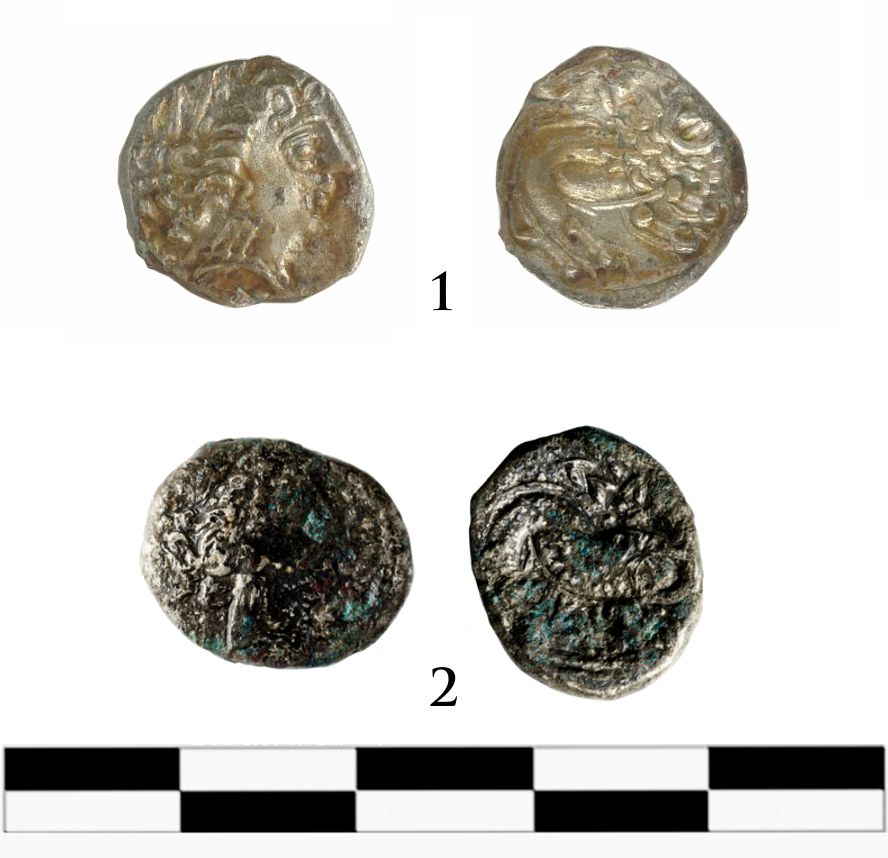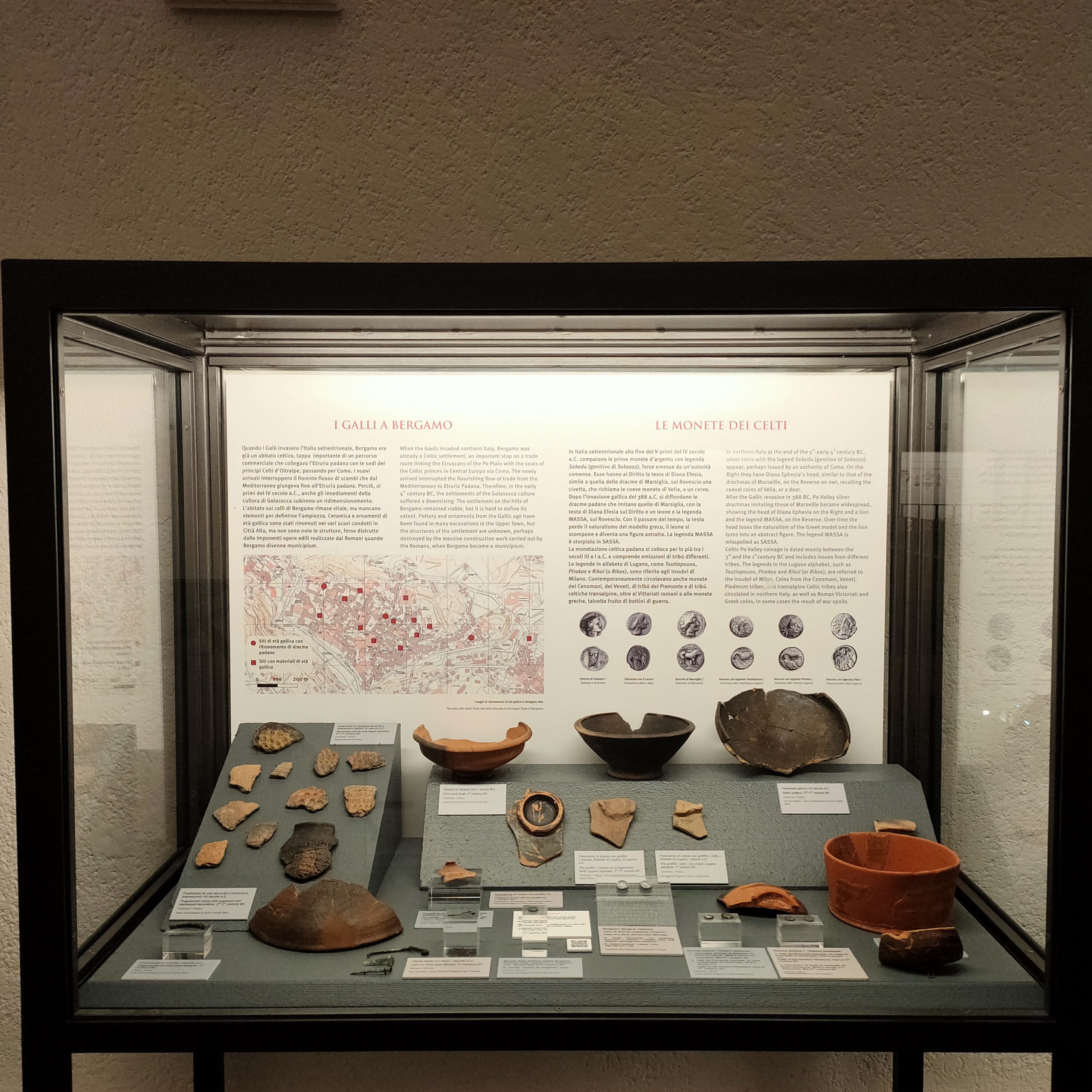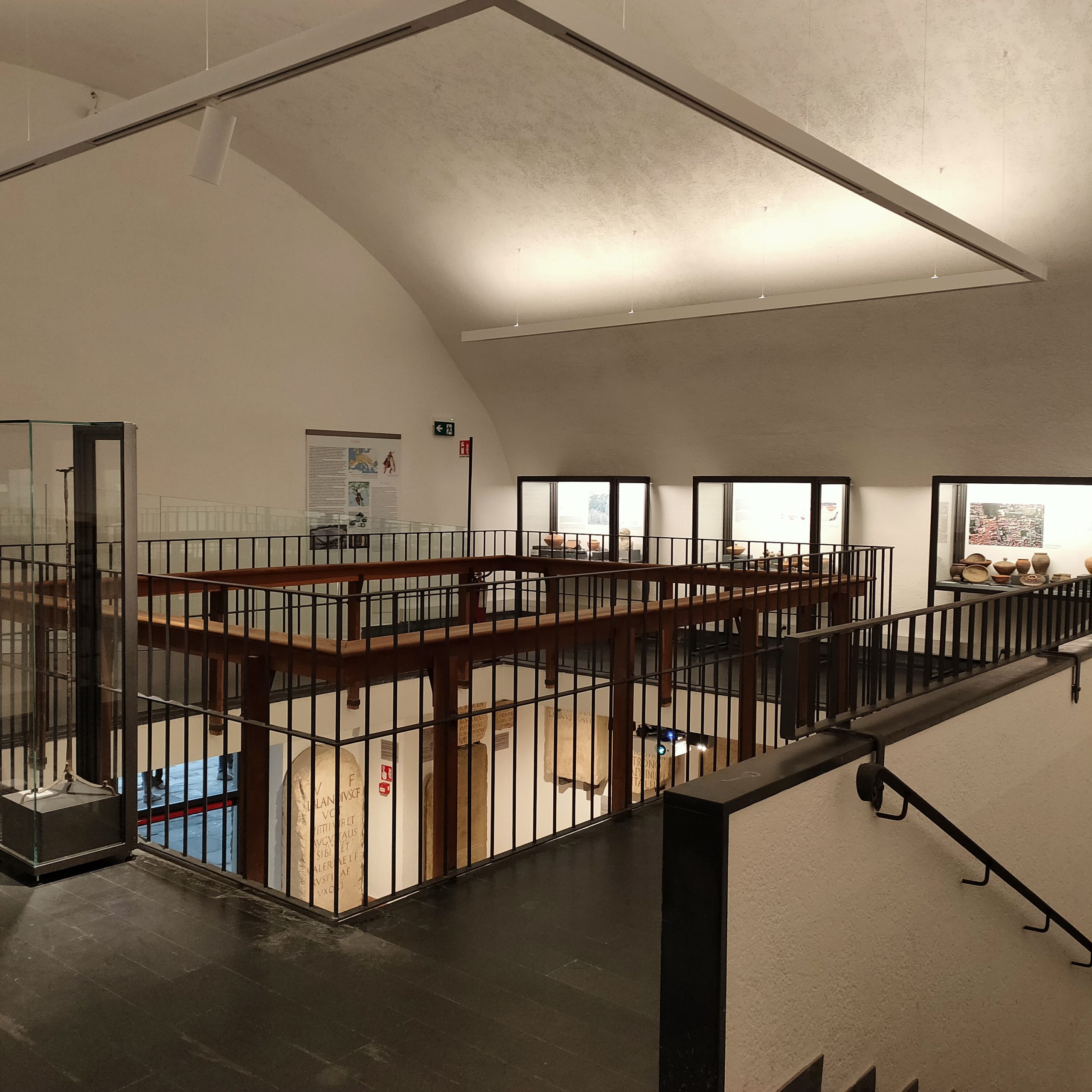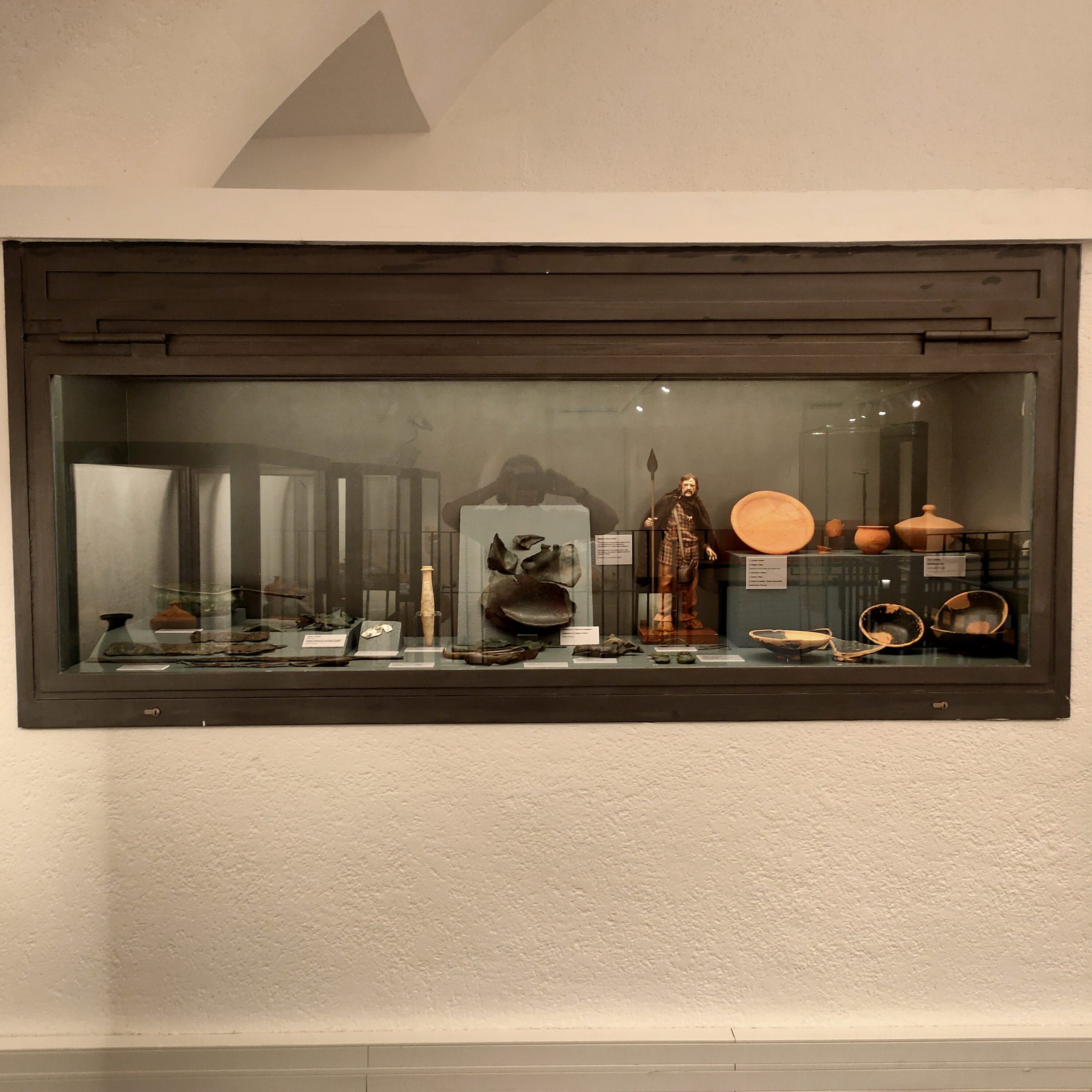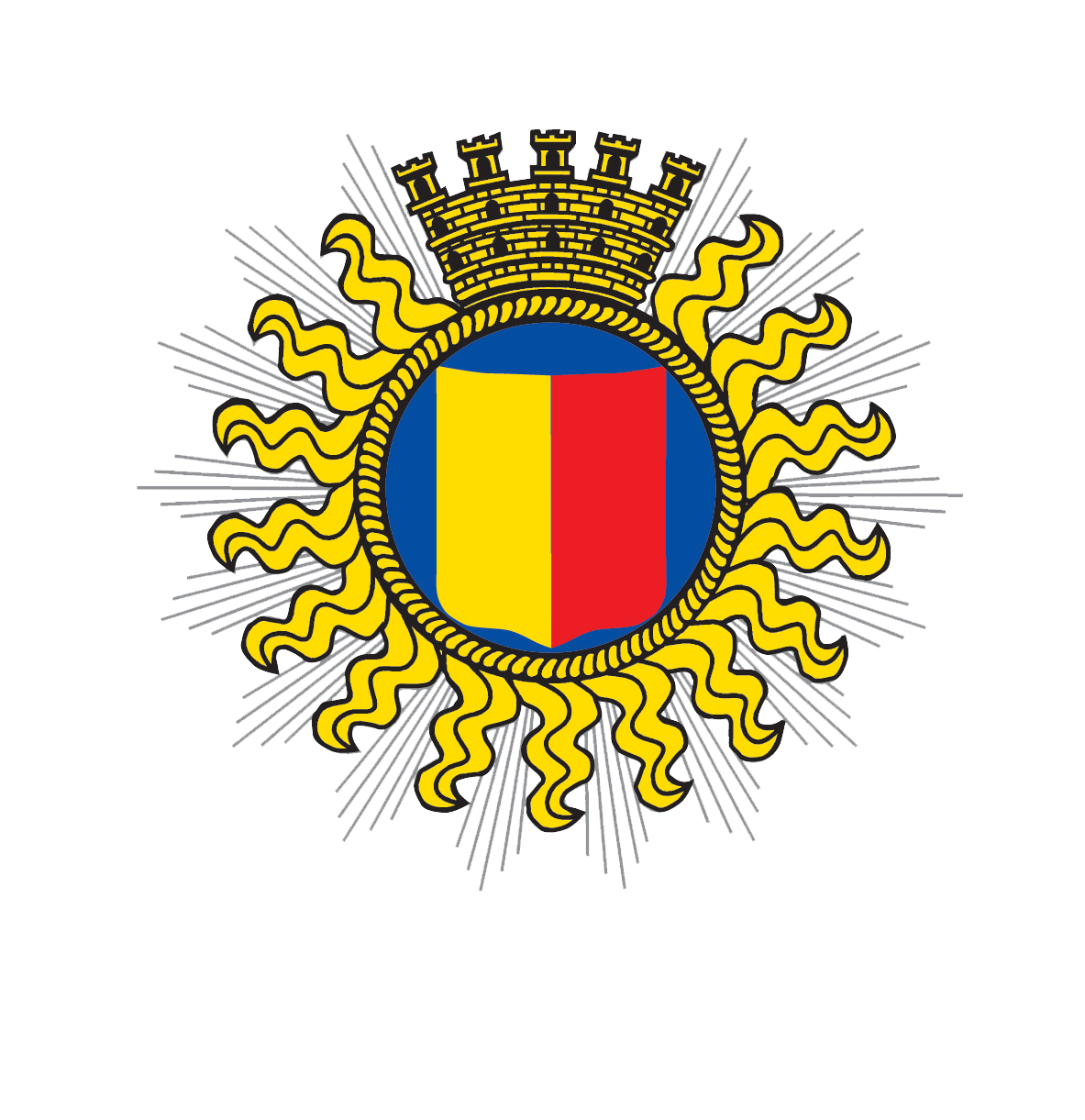The Gallic Age
In the 4th century BC, some Celtic groups, known as Gauls, crossed the Alps and invaded Italy, occupying some of its territories until the 1st century BC. Their culture is named La Tène after the Swiss site where the first discoveries were made. With few exceptions, archaeological evidence regarding the Gauls in the Bergamo area is limited to the 2nd and 1st century BC, i.e., the Romanization period, when conquered populations gradually adopted customs and cultural models from the Romans. This phenomenon can be clearly observed in grave goods, in which Celtic items were placed alongside Roman ones.
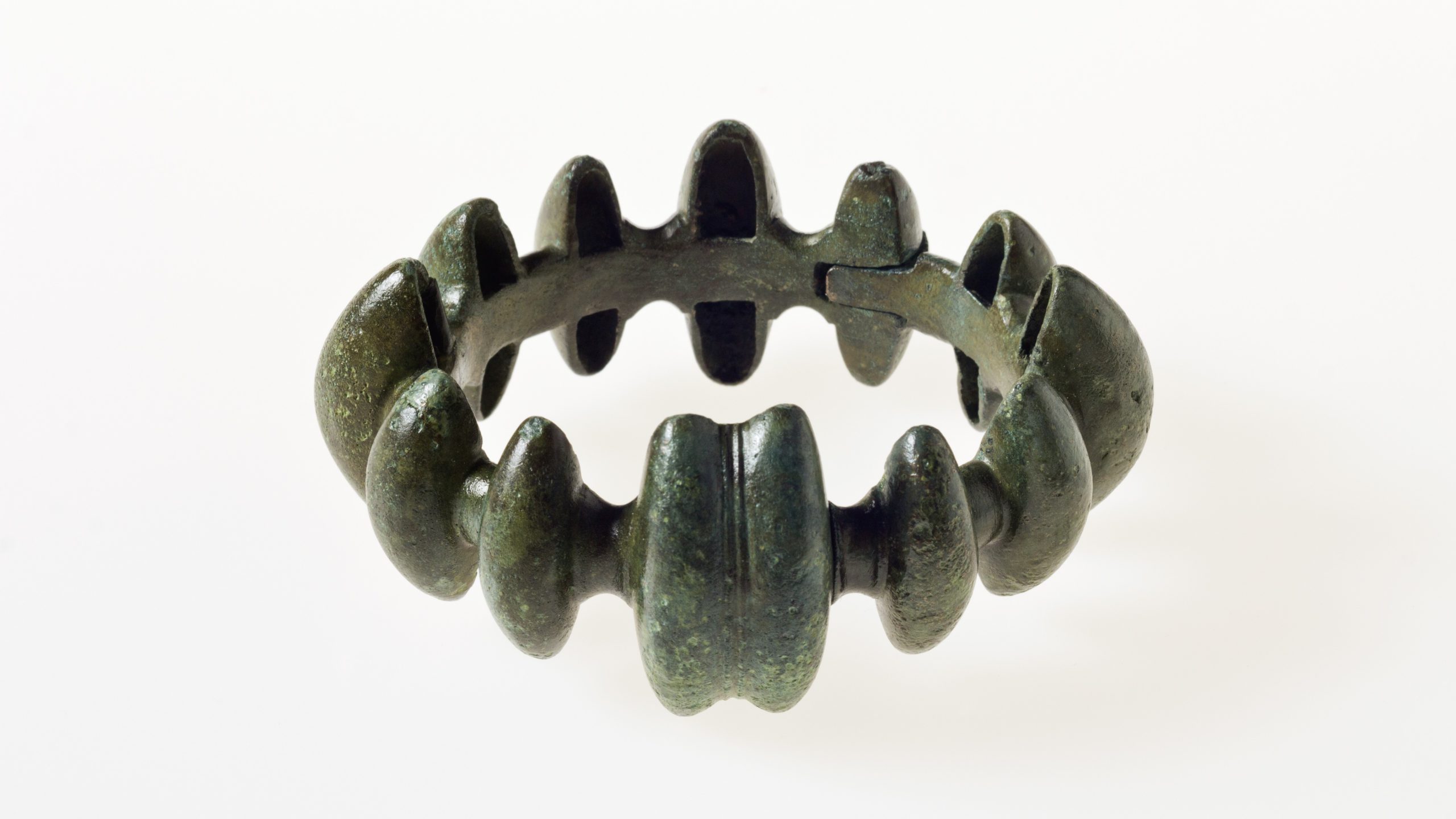

A Gallic chief’s grave
In Calcinate and Verdello there were vast cemeteries, while in Misano Gera d’Adda a single important grave, belonging to the chief of a small local Celtic community, was discovered. Among the rich grave goods there are some objects linked to Roman customs, evidence of the Romanization process and of the Gallic chief’s desire for integration with the new society. Beside these, however, there are also typical Gallic items, to remark that the deceased fully belonged to the Celtic culture.
The Gauls in Bergamo
Before becoming a Roman municipium, Bergamo was a Gallic village. There are just a few traces of this settlement, since the works to build the Roman town damaged and destroyed most of the oldest phases of life on the hills. Nevertheless, some characteristic ceramic potsherds and coins tell the story of the Gauls in Bergamo.
